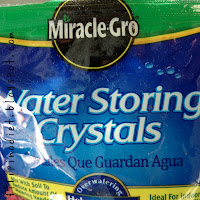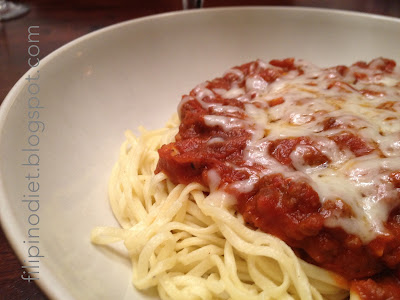When I'm feeling under the weather, my Filipino heritage really comes out. When I was growing up, my mom would always make me Sinigang whenever I was sick. Pretty sure many other Filipinos would relate. The warm and extra sour soup not only nourishes, it also feels really soothing down one's sore throat.
Today, I am seriously feeling ill, achy muscles and all, and really do not feel like getting in a motor vehicle to pick up some ingredients from the Asian market. But feeling sick, I still need (1) something to eat, and (2) preferably something sour.
Then a genius idea came to mind: Avgolemono soup!
For those of you less adventurous, and have never heard nor tried it, it's a Greek lemon soup. It really is very tasty.
For the Filipinos, it is probably the child of sinigang and arroz caldo. Okay, that's probably a terrible comparison, but in any case, because the ingredients are more readily available in one's kitchen (and in regular grocery stores nearby), and is fairly quick to make, it really is a good alternative to sinigang. (It's also good when one is not sick though.) Oh, and it's healthy too!
This is the easy version, because I cannot be bothered to work in the kitchen to make stock from scratch when I'm not feeling well.
INGREDIENTS
5 cups water
6 tsp Better than Bouillon Chicken Base (or other chicken soup base)
6 tablespoons jasmine rice (or other rice)
3 eggs
fresh lemon juice
ground white pepper (I could't find ours so I used freshly ground black pepper)
salt to taste
PROCEDURE
- Boil water in a medium to large saucepan, then add chicken base.
- Once dissolved, add rice, stir (so rice doesn't stick to bottom), cover and let simmer for about 18-20 minutes (until rice is cooked).
- A couple minutes before timer goes off for the rice, crack the eggs into a medium-sized bowl, and whisk. Use a whisk that can take heat (metal or silicone - whatever you can use with your type of pot as well).
- Once rice is done, gently/slowly add 1-2 cups of the hot stock (try to avoid rice, but it's not detrimental if you get some too) into the egg bowl WHILE WHISKING. You need to be quite gentle with the addition, and somewhat vigorous with the whisking so that the eggs do not congeal. Very important, as this can ruin the soup.
- Add lemon juice to the egg bowl (start with 1/3 cup, but I usually start with the juice of one decent-sized lemon because I like it on the sour side), keep whisking.
- Then again, very gently, add the egg mixture into the soup pot, again, WHILE WHISKING.
- Add ground pepper, start with about 1/2 tsp, or to taste.
- At this point, have a taste of the soup. IF you want it more sour, add more lemon juice. I usually make it with about 1 lemon on a regular day, and about 2 lemons when I'm not feeling well.
- Let come to a simmer (only a couple minutes or so). When serving, may want to grind some pepper on top. (I do like my pepper too though, so add to your taste.)
The lighting in our kitchen wasn't very good - it actually has a very slight yellow tinge, not the white soup it appears to be on the photo. In any case, if you give it a go, I hope you enjoy it!
























